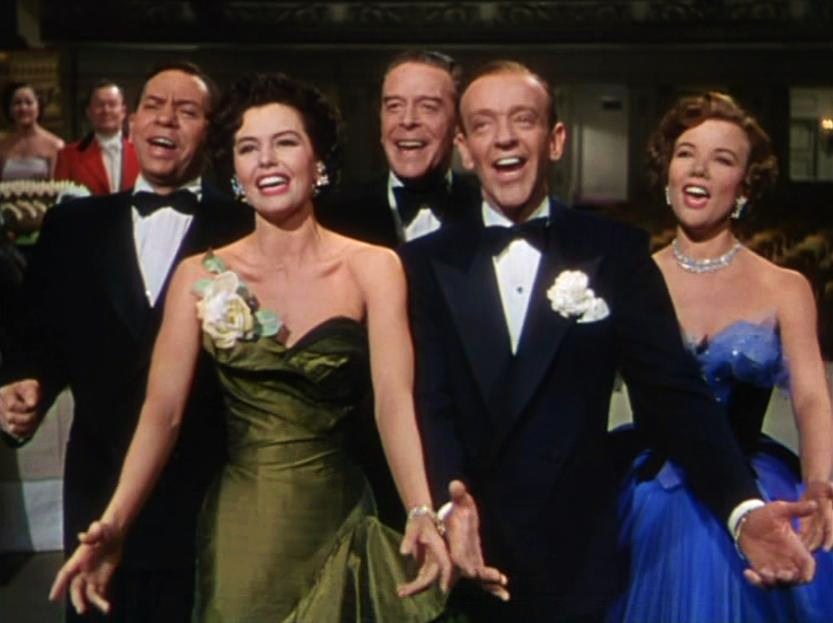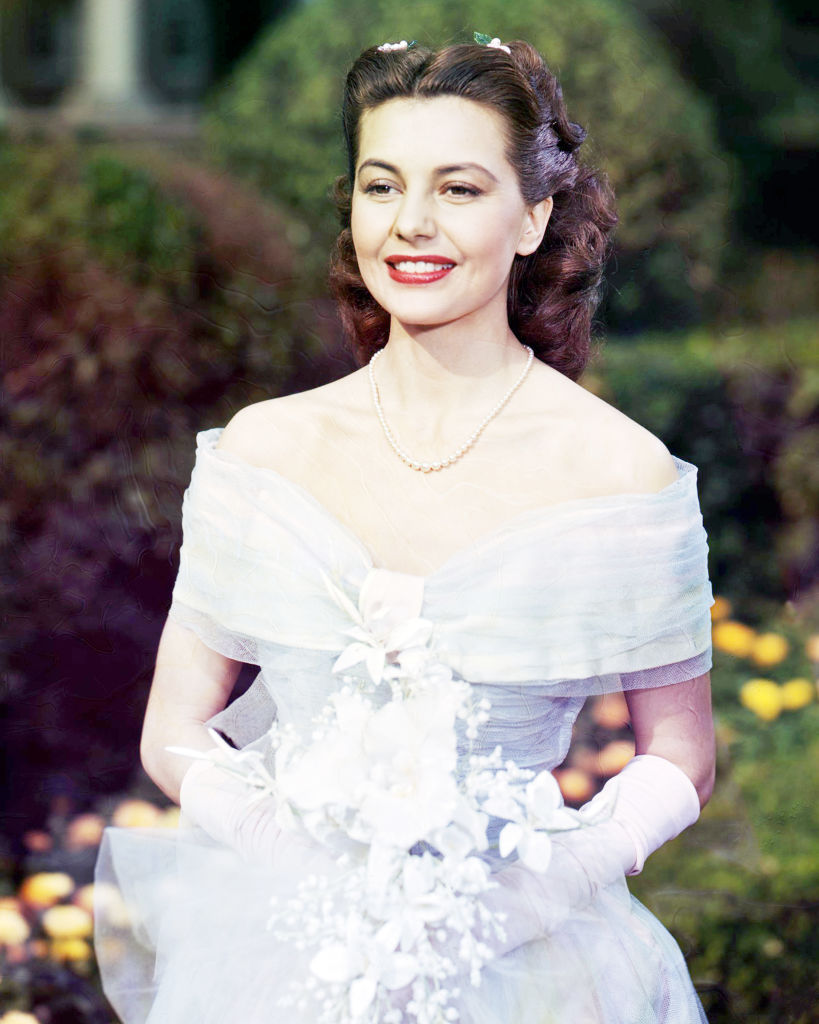Few performers in Hollywood history have embodied elegance and artistry quite like Cyd Charisse. Known for her mesmerizing dance sequences, quiet strength, and timeless beauty, she rose from a childhood marked by illness to become one of the most admired figures of Hollywood’s Golden Age.
Her journey—from a frail young girl in Texas to an internationally celebrated star—remains a powerful story of resilience, talent, and determination.
Early Life: From Texas to the Ballet Studio
Cyd Charisse was born Tula Ellice Finklea on March 8, 1922, in Amarillo, Texas. As a young child, she faced a serious battle with polio, which left her weak and in need of physical therapy. On medical advice, her parents enrolled her in ballet lessons to help rebuild her strength and coordination.
That simple act would change her life. Ballet not only helped her recover physically but also ignited a lifelong passion for movement and performance. Charisse later said that dance was “a way to make the body sing.”
Her childhood nickname “Cyd” came from her brother, who affectionately mispronounced “Sis.” The name stuck, and years later, an MGM producer adapted it into the spelling “Cyd Charisse”—a name now synonymous with classic Hollywood grace.
![]()
Training and Early Career in Dance
By her teenage years, Charisse’s natural talent and discipline had caught the attention of renowned ballet teachers. She trained under Adolph Bolm and Bronislava Nijinska in Los Angeles, later studying in London and Paris to refine her technique.
During her early professional years, she performed under the name Felia Sidorova, reflecting the Russian influence that dominated ballet at the time. Eventually, she combined her nickname with her married surname to become Cyd Charisse—a name that would soon appear on marquees across America.
Charisse’s first film appearance came through dance, not acting. She appeared as a ballet dancer in Something to Shout About (1943), and her graceful screen presence led to small, uncredited roles in several musical films. But her talent was impossible to overlook.

Hollywood Discovery and Rise to Fame
In the mid-1940s, Metro-Goldwyn-Mayer (MGM) recognized her potential and signed her to a studio contract. MGM was at the height of its musical era, and Charisse’s combination of classical precision and cinematic charisma made her an ideal addition to its roster.
Her first notable film role was alongside Gene Kelly in Ziegfeld Follies (1945), where her fluid movements and on-screen chemistry with Kelly attracted immediate attention. Over the next few years, she transitioned from background dancer to featured star.
Her breakthrough came in 1952 with Singin’ in the Rain, one of the most beloved musicals of all time. Charisse appeared in the film’s “Broadway Melody” ballet sequence, wearing a glittering green dress that became iconic. Though she spoke no lines, her performance conveyed emotion, mystery, and power through movement alone. It became one of the most celebrated dance scenes in movie history.

Dancing With Legends: Astaire and Kelly
Cyd Charisse achieved what few dancers have—she became an unforgettable partner to both Fred Astaire and Gene Kelly, the two titans of musical cinema.
With Gene Kelly, her performances—such as in Brigadoon (1954)—were energetic, athletic, and expressive. With Fred Astaire, her work exuded a soft, lyrical romance, best captured in The Band Wagon (1953). Their “Dancing in the Dark” sequence is still studied and admired as one of film’s most beautiful examples of dance as emotional storytelling.
Astaire once described her as “beautiful dynamite,” and critics praised her ability to balance strength with poise. She wasn’t just a dancer following choreography; she became part of the music itself.
Expanding Her Career Beyond Film
As Hollywood’s musical era began to fade in the 1960s, Charisse adapted gracefully to new opportunities. She appeared on television variety shows and continued to perform on stage, demonstrating her versatility and professionalism.
In later years, she joined the cast of the Broadway musical Grand Hotel, proving that her stage presence and technique remained captivating even decades after her film debut. She and her husband also toured together in a successful nightclub act, bringing the charm of classic Hollywood to live audiences around the world.

A Devoted Marriage and Family Life
In 1948, Cyd Charisse married Tony Martin, a popular singer and actor. Their marriage lasted for more than 60 years, making it one of the longest and most stable unions in Hollywood history.
The couple had one son together, and Charisse also had a son, Nico, from her first marriage. Despite her fame, Charisse maintained a private and grounded home life. She was widely respected by her peers for her professionalism, discretion, and quiet grace.
In interviews, she often credited her family for keeping her balanced amid the pressures of show business. Her focus on discipline and kindness made her a role model for younger performers.
Personal Loss and Resilience
Cyd Charisse’s family life, though filled with love, was not without heartbreak. In 1979, her daughter-in-law was among the victims of American Airlines Flight 191, which crashed shortly after takeoff from Chicago’s O’Hare International Airport. The accident was one of the deadliest aviation disasters in U.S. history.
Friends and colleagues later shared that Charisse handled her grief with remarkable strength and composure, channeling her focus into teaching, mentoring, and charitable work.
Her ability to face adversity with quiet dignity mirrored the same strength she displayed in her art.

Honors and Recognition
Over her lifetime, Cyd Charisse received numerous accolades honoring her contributions to American culture and film. In 2006, she was awarded the National Medal of Arts by President George W. Bush, recognizing her impact on the performing arts.
She also received an honorary doctorate from the University of North Carolina School of the Arts and was celebrated by organizations such as the American Film Institute for her lasting influence on dance and cinema.
Final Years and Lasting Legacy
Cyd Charisse passed away on June 17, 2008, at the age of 86, following a heart attack. Her death marked the end of an era in Hollywood, but her legacy continues to inspire dancers, choreographers, and film enthusiasts worldwide.
Her performances in Singin’ in the Rain, The Band Wagon, Silk Stockings, and Brigadoon remain masterclasses in musical storytelling—where every gesture, every turn, and every note of music was given meaning through motion.
She proved that dance was more than movement; it was emotion made visible. Her elegance, precision, and humanity continue to define the standard for generations of performers who follow in her footsteps.

Remembering Cyd Charisse
Cyd Charisse’s life stands as a testament to resilience, discipline, and artistry. From a child recovering from illness to one of the most iconic figures in musical cinema, she transformed personal challenge into creative triumph.
Her legacy is more than her films—it’s a reminder that true artistry is built on perseverance and heart. In every performance, she taught audiences that beauty and strength can coexist, and that grace is not just seen—it is felt.


